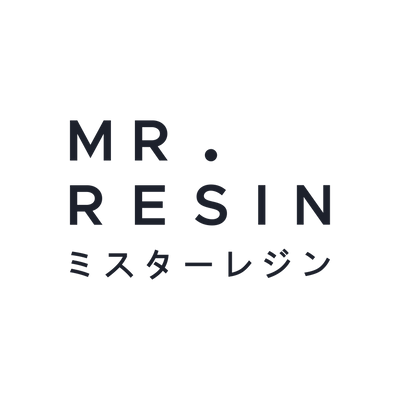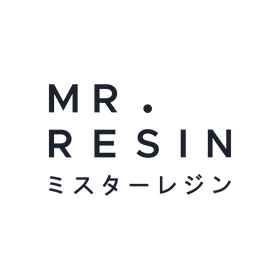F.A.Q.

Frequently Asked Questions (FAQ) About UV Resin:
Q1: What is UV resin, and how does it differ from traditional resins?
A1: UV resin is a type of resin that cures quickly when exposed to ultraviolet (UV) light. Unlike traditional resins that may require longer curing times and heat, UV resin solidifies rapidly under UV light, making it a more convenient option for certain crafting projects.
Q2: What can I create with UV resin?
A2: The versatility of UV resin allows you to create a wide range of items, including jewelry, coasters, ornaments, keychains, and decorative pieces. Its quick curing time and crystal-clear finish make it ideal for intricate and detailed projects.
Q3: How do I cure UV resin?
A3: UV resin requires exposure to ultraviolet light for curing. Using a UV lamp with the appropriate wattage and intensity is recommended. Ensure that the resin receives even exposure to the light source for consistent and thorough curing.
Q4: Can I mix colors and additives with UV resin?
A4: Yes, UV resin is highly customizable. You can mix various pigments, dyes, glitters, and even embed small objects to create unique and personalized designs. Experiment with different additives to achieve the desired aesthetic for your projects.
Q5: How long does it take for UV resin to cure?
A5: The curing time for UV resin varies depending on factors such as the intensity of the UV light and the thickness of the resin layer. In general, most UV resins cure within 1-5 minutes under a UV lamp, with some formulations offering even faster curing times.
Q6: Does UV resin have a strong odor?
A6: No, one of the advantages of UV resin is its low odor compared to traditional resins. While there may be a slight smell, it is generally less intense and dissipates quickly, providing a more pleasant crafting experience.
Q7: How can I prevent bubbles in my UV resin projects?
A7: To minimize bubbles, stir the resin slowly and deliberately. If bubbles appear, run a torch lighter quickly across the surface of the resin to pop bubbles leaving about 1" between the flame and the resin. Alternatively you use a heat gun on a low setting to encourage them to rise and pop. Working in a dust-free environment and using quality mixing tools can also help reduce bubble formation.
Q8: Can UV resin be used for outdoor projects?
A8: UV resin is not UV-stable and may yellow or degrade when exposed to prolonged sunlight. Our UV resin happens to contain a premium UV inhibitor to combat yellowing. To enhance outdoor durability when using other brands of UV resin, consider applying a UV-resistant sealant over cured UV resin projects or choose a resin specifically formulated for outdoor use.
Q9: How should I store UV resin?
A9: Store UV resin in a cool, dark place away from direct sunlight. Keep the container tightly closed to prevent exposure to light and air, which can affect the resin's shelf life. Follow the manufacturer's recommendations for storage conditions.
Q10: Can UV resin be used on various surfaces?
A10: Yes, UV resin adheres well to a variety of surfaces, including glass, metal, wood, and plastic. Ensure that the surface is clean, dry, and free from contaminants before applying UV resin for optimal adhesion.



